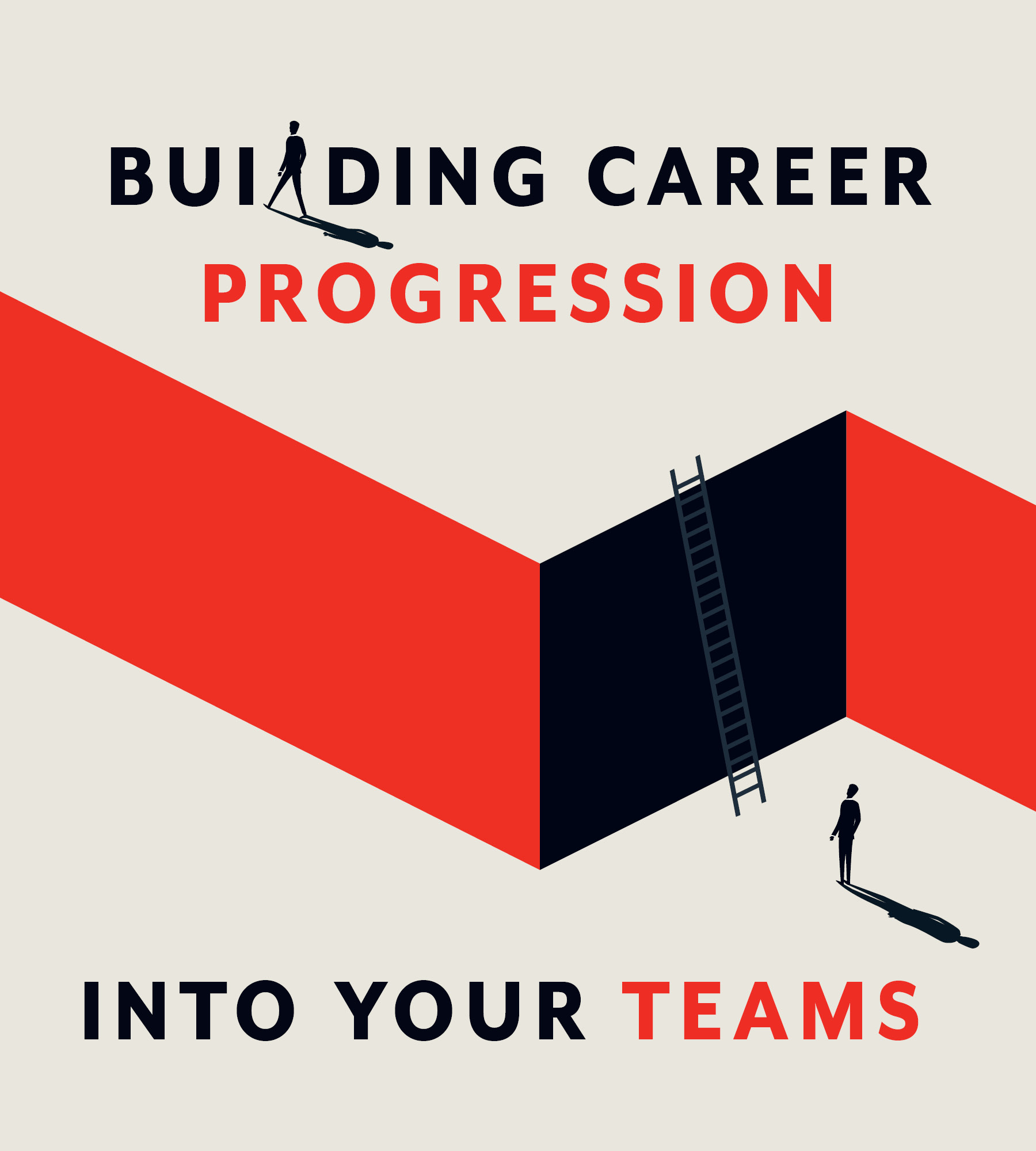Language
You can read the magazine in one of the following languages
Australian property developer Tim Gurner made waves last year when he suggested raising unemployment to 40–50 percent in order to drive the economy. Or to put it bluntly, teach entitled employees a tough lesson.
Provocations aside, he was missing the point. Employees do want to work. They just want to feel engaged and fulfilled while they do it. And it’s on leadership to facilitate that.
A recent survey conducted for SEEK reveals 37 percent of Australian workers are looking to leave their jobs in the next six months, with a lack of career progression and opportunities as one of the driving forces.

I’ve learned that retaining staff requires considered and sustained investment in your people. And while there are no easy fixes, the good news is that it’s all within your control.
It’s highly likely your next employee will leave because they couldn’t see their next step.
As CEO of a digital marketing agency, I operate in an industry that generally retains staff for two years. The average length of tenure at my company is double the industry average at four years, with some staff members pushing the seven-year mark.
I’ve learned that retaining staff requires considered and sustained investment in your people. And while there are no easy fixes, the good news is that it’s all within your control.
Too often employers wait until a team member emails them a resignation letter to try and retain them. Queue the pay rises, promotions and alternative working arrangements that are dangled in front of bitter employees like carrots in a desperate attempt to get them to stay.
By the time they’re resigning, they’ve already got one foot out the door. Mostly, it’s just irritating that none of these juicy carrots were on the table throughout their tenure.
Instead, take a proactive approach to career progression and ditch the scarcity mindset and prioritize radical transparency with your team.
Employees are desperately craving this radical transparency. They often feel like they’re in the dark about the direction of the company, their role in it and what their future could look like if they stick with you.

This looks like the deep honesty that comes from clear career pathways and succession planning that provides clear and actionable next steps.
I’ve created this transparency partly through comprehensive job descriptions for every single role within my company. These are available to all staff so everyone can see the job descriptions for the roles above and below them, including mine.
They cover everything including salary bandwidths, roles and requirements, progression pathways and what’s required within a ‘stretch column’ to get them skilled up for any role they’re curious about.
Every staff member knows where they are headed within 12 months, two years or five years, and they regularly discuss their growth plans at monthly catch-ups with their manager.
This may sound obvious, but when I polled my LinkedIn audience, 73 percent of respondents felt that the pathways for career advancement in their current role were either unclear or non-existent.
Succession planning doesn’t need to be a competitive and combative fight to the death, a la Logan Roy. It should be baked into organizational structures and planning, which provides individual opportunities to grow and develop.
My job descriptions weren’t always so comprehensive. At the start of 2023, I reviewed them and was horrified. Outdated and incomplete, they were, quite frankly, terrible.

Succession planning should be baked into organizational structures and planning, which provides individual opportunities to grow and develop.
As the CEO of a startup, I couldn’t justify employing an in-house HR department to sort it out.
By harnessing generative AI in conjunction with prompt engineering, I slashed the time it would’ve taken to write them all individually. After critiquing the first output, I was able to develop the perfect framework to roll out across each role and use ChatGPT to help write the rest.
I was then able to get them reviewed by external HR consultants for their professional feedback.
A culture of radical transparency means you have to be prepared for your team to openly tell you that they want your job, and then do everything you can to help facilitate that.
Admittedly, this doesn’t always work. Sometimes your employees will simply leave for reasons out of your control or because the business can’t accommodate their next step.
However, the needs of the business must be prioritized over the needs of the individual. Too often I’ve made the mistake of promoting people without a business case for it and it never works.
Growth will only happen if there is a business justification, but growth for growth’s sake never ends well. It doesn’t drive the right results, it negatively impacts your profit and loss and undermines your leadership and the company culture.
However, by striking the right balance between your team and your business, you can build a pipeline of expertise and opportunity that serves both.

Cherie Clonan
Contributor Collective Member
Cherie Clonan is an award-winning marketer and the CEO of The Digital Picnic, a digital marketing agency that specializes in paid advertising and employs a largely neurodivergent workforce that is leading the way in terms of neuro-inclusion within the workplace. Find out more at https://www.thedigitalpicnic.com.au/
